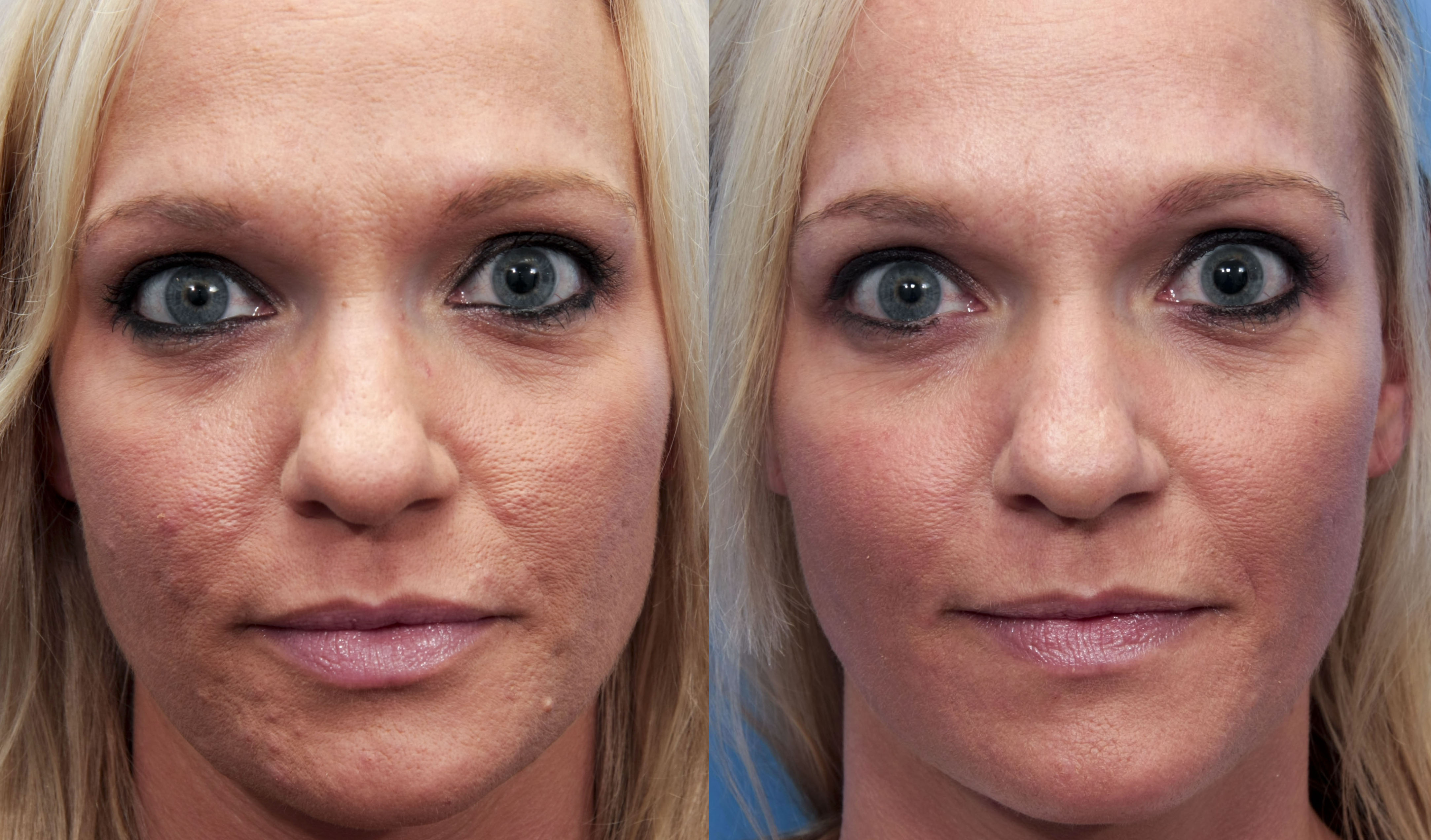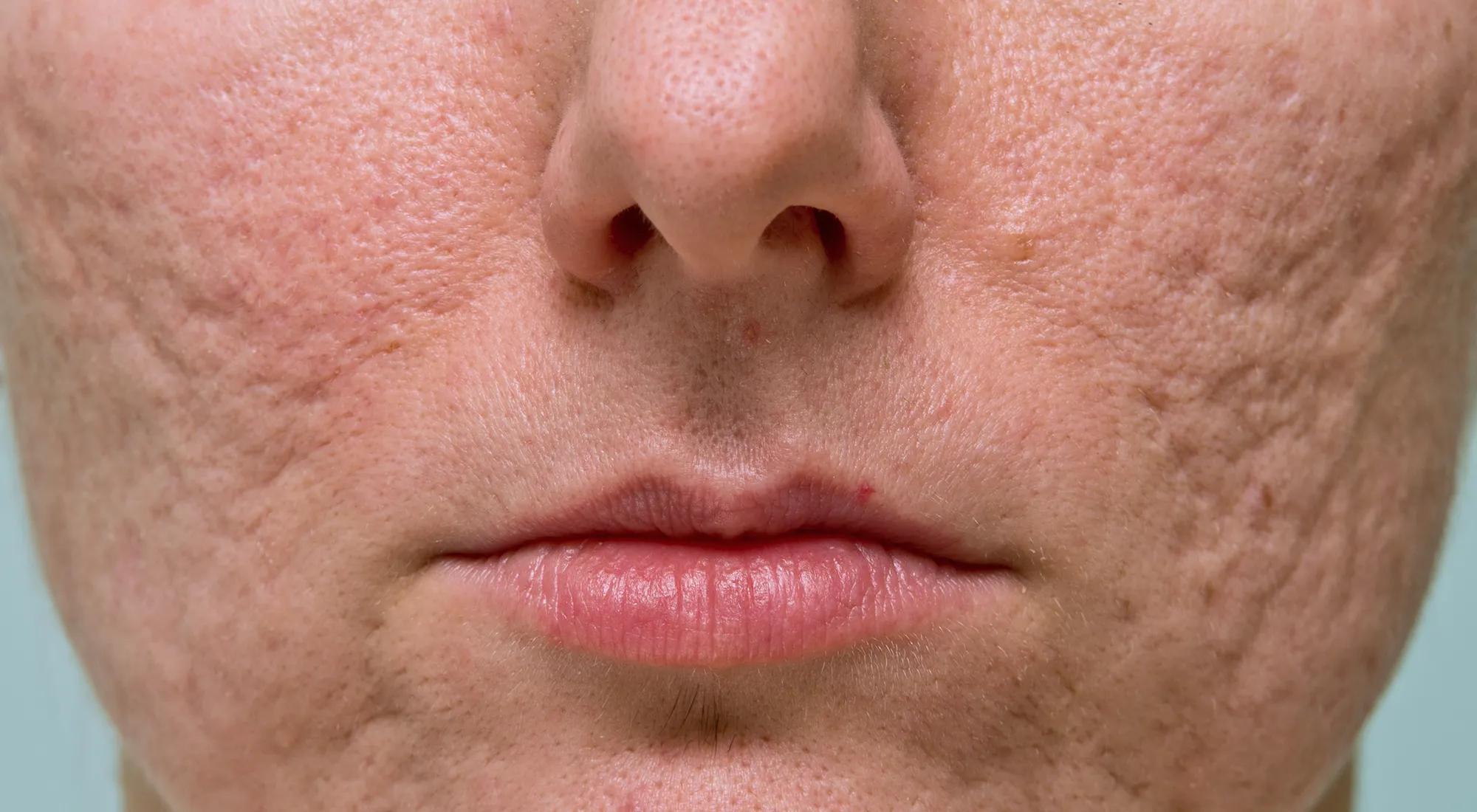Cutting-edge Acne and Acne Scars Treatment: Solutions for Every Skin Type
Cutting-edge Acne and Acne Scars Treatment: Solutions for Every Skin Type
Blog Article
Discovering Skin Problems: Identifying and Dealing With Acne Scars for Healthier Skin
Acne marks stand for a significant concern for people seeking to keep healthy and balanced skin, as they can affect both look and self-worth. Recognizing the various kinds of scars, from atrophic to hypertrophic, is vital for determining ideal therapy alternatives. While expert interventions like chemical peels and microneedling can be effective, the significance of customized care plans can not be overemphasized. In addition, preventative measures play an essential function in decreasing future scarring. As we explore these elements, one have to think about exactly how the right approach can result in transformative outcomes.
Comprehending Acne Marks
Understanding acne marks is critical for anyone that has actually experienced extreme acne, as these marks can have an enduring influence on both physical look and psychological health. When the skin undergoes inflammatory responses throughout energetic acne sores, acne marks create. The seriousness of scarring is often influenced by factors such as the sort of acne, its duration, and private skin characteristics.
The body's all-natural recovery process can lead to either atrophic marks, which show up as anxieties in the skin, or hypertrophic marks, which are raised and result from overflow of collagen. Additionally, the emotional toll of acne scars need to not be ignored; lots of people report sensations of humiliation, anxiousness, and reduced self-confidence. This psychological worry can affect social interactions and total high quality of life.
Addressing acne scars calls for an extensive understanding of their development and effect. Awareness of the potential for long-lasting effects connected with without treatment marks can inspire individuals to look for ideal therapies. Early treatment and effective monitoring approaches can considerably enhance skin look and improve mental resilience, highlighting the importance of understanding the intricacies surrounding acne scars.
Types of Acne Marks
Acne scars can be categorized right into distinct kinds, each showing special features and calling for details treatment approaches. The primary sorts of acne marks include atrophic, hypertrophic, and keloid scars.

Hypertrophic marks, in comparison, are raised above the skin level and are the outcome of too much collagen manufacturing during the healing procedure. They normally continue to be within the boundaries of the original acne lesion. Keloid scars are similar but prolong past the original injury website, forming bigger, increased locations that can be itchy or painful.
Comprehending these types of scars is vital for picking proper treatment alternatives. Different scars might react better to details therapies, such as laser therapies, fillers, or surgical treatments, highlighting the relevance of a tailored method to acne scar administration.
Determining Your Scars
When assessing the appearance of your skin, it is important to precisely identify the type of scars existing, as this will certainly notify the most effective therapy approach. Acne marks normally fall into 2 groups: hypertrophic and atrophic scars. Atrophic scars, which are one of the most usual, look like depressions or indentations on the skin. These can better be identified into ice-pick scars, boxcar scars, and rolling scars, each showing unique attributes and requiring various techniques for assessment.
Hypertrophic scars, on the various other hand, are raised and happen due to extreme collagen production throughout the recovery process. Identifying the particular attributes of your scars-- such as texture, size, and deepness-- is important for correct identification. Furthermore, take into consideration the distribution of scars throughout your skin, as this can indicate the seriousness and period of the acne condition.
Engaging with a skin doctor can supply valuable understandings into the nature of your marks, helping in the differentiation in between various types. A thorough understanding of your scars will eventually bring about a more tailored and efficient therapy strategy, ensuring a clearer and healthier skin tone.
Therapy Alternatives Readily Available
Identifying the particular kind of acne marks existing on your skin prepares for discovering effective treatment options. Common kinds of acne scars include atrophic (depressed), hypertrophic (increased), and post-inflammatory erythema.
For atrophic marks, choices such as chemical peels, microneedling, and laser resurfacing are commonly made use of. Chemical peels off make use of acids to get rid of the external layer of skin, advertising brand-new cell development. Microneedling includes small needles that produce micro-injuries, promoting collagen production. Laser resurfacing targets damaged skin cells, enhancing structure and tone.
Hypertrophic scars can be treated with corticosteroid injections to flatten the mark or laser treatment to reduce soreness and boost look. acne treatment for sensitive skin. Silicone gel sheets and pressure dressings may also assist in handling increased scars
Furthermore, facial fillers can briefly complete depressions from atrophic scars, while medical excision may be suitable for severe instances. Each therapy option has its factors to consider and benefits, making it essential to talk to a skin doctor. They can supply customized recommendations based upon the type and you could look here severity of your marks, in addition to your skin type and total health and wellness.
Tips for Prevention
Efficient avoidance strategies can dramatically reduce the probability of creating acne scars. Utilizing non-comedogenic items helps avoid clogged up pores, which can worsen acne.
Staying clear of the urge to pop or pick acne lesions is critical, as this can lead to deeper skin damages and raise the risk of scarring. Instead, think about utilizing a cool compress or over-the-counter treatments to decrease swelling and inflammation.
Sunlight defense is an additional vital aspect of prevention; ultraviolet (UV) rays can darken scars and impede the recovery procedure. Using a broad-spectrum sun block Get More Information with at the very least SPF 30 daily can shield the skin and promote even healing.
Finally, maintaining a well balanced diet rich in minerals, anti-oxidants, and vitamins sustains skin health and recovery. Remaining hydrated and taking care of tension degrees can additionally play a considerable duty in decreasing acne flare-ups. By applying these techniques, people can considerably minimize their chances of establishing acne marks.

Final Thought
In verdict, understanding and determining acne scars is important for effective therapy and attaining healthier skin. Various kinds of acne marks, including atrophic and navigate to this site hypertrophic marks, require specific treatments customized to individual demands.
The body's all-natural healing procedure can result in either atrophic scars, which appear as clinical depressions in the skin, or hypertrophic scars, which are elevated and result from overflow of collagen. They are further separated into three subtypes: ice pick marks, boxcar scars, and rolling marks. Acne scars usually fall into 2 classifications: atrophic and hypertrophic marks. These can even more be classified right into ice-pick scars, boxcar marks, and rolling scars, each displaying distinct features and requiring various methods for analysis.
Different kinds of acne scars, consisting of atrophic and hypertrophic marks, necessitate details interventions customized to individual requirements.
Report this page